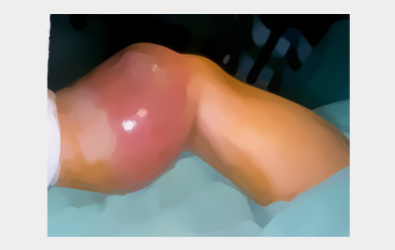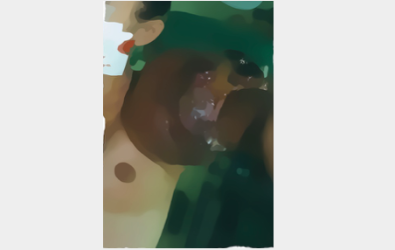Before the 1980s, Osteosarcoma is deemed as an amputation-oriented disease. Most patients will need amputations or disarticulation to survive, resulting in huge damage physically and emotionally. Fortunately, with advances over the past decade in chemical pharmaceuticals, radiodiagnosis and surgical technology, the amputation rate is now less than 10 percent for patients at our Therapeutical and Research Center of Musculoskeletal Tumor. Most patients can have limb-salvage surgery.

Still, under some circumstances, patients cannot avoid amputation.
1. The range of tumor invasion is too large, and the invasion crosses important vascular nerves. If we want to conduct wide tumor excision, damaging the vascular nerves and leaving a functionless limb are inevitable. It’s relatively better to take an amputation and wear a prosthetic afterward.
2. Tumors grow in special rare limb anatomical areas, such as ankles or feet, making it difficult to reconstruct after tumor removal.
3. Tumor recurrence after surgery, generating recurred tumor that is indistinguishable to normal tissues and nerve vessels.
4. For children under five years old, if they insist on retaining limbs, the affected feet may be more than ten centimeters shorter because of the damage to the growth plate that generates serious uneven feet length. Therefore, it is often recommended to amputate directly and to maintain limb length by regularly changing prosthetic limbs.
Fortunately, these four conditions are not common, and most patients can preserve their limbs.

The huge malignant osteosarcoma beneath the knee invades the calf nerve vessels, requiring an amputation surgery.

The huge malignant osteosarcoma near the shoulder invades the subcutaneous nerves and blood vessels, requiring amputation.
If the patient needs to receive amputation, we will encourage the patient to pull his vision to 10 or 20 years later. If we try not to be determinative, quickly remove the entire tumor, and gradually receive medication, a high chance of having more serious problems will come later. In addition, with the current development of prosthetic technology and rapid technology advances, many amputees with good prostheses can take care of themselves on general daily life and even unnoticeable when walking.
Amputation is something that people don't anticipate, but if it’s really what we need, we should be brave enough to accept it. The following video, which I discovered in early 2015 as I was preparing for a course for medical students at National Yang-Ming University, features MIT's Dr. Hugh Herr, who tragically lost both his feet in a mountaineering accident. I would encourage everybody to watch this video yourself to obtain some inspiration!


